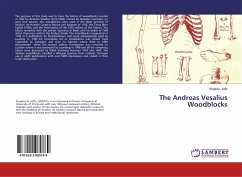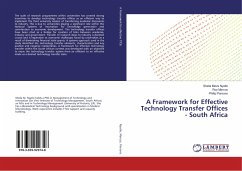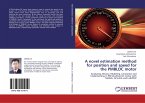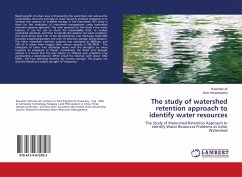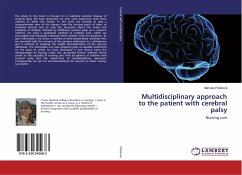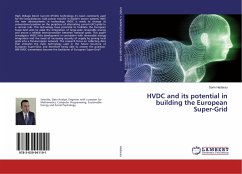The purpose of this study was to trace the history of woodblocks created in 1542 by Andreas Vesalius (1514-1564). Carved by Venetian workmen on pear tree boards, the woodblocks were used in the Basel printing of Vesalius' de Humani Corporis Fabrica and Epitome of 1543, the China Root Epistle (1546), and the frontispiece of the 1555 edition of the Fabrica. The blocks remained with the printer Oporinus in Basel until his death in 1568 when they were sold to the Froben family. The woodblocks reappeared in 1706 in a publication by Maschenbauer and were subsequently used by Leveling in 1783. An incomplete set of woodblocks was moved from Inglostadt to Landshut and then to Munich where Roth in 1885 documented them. The second edition frontispiece was returned to Louvain where it was destroyed by bombing in 1940 and all the remaining blocks were destroyed by Allied bombing between 1943 and 1945. The Vesalius woodblocks travelled a 400-year journey from creation, through use in eight publications with over 5000 impressions and ended in their tragic destruction.
Bitte wählen Sie Ihr Anliegen aus.
Rechnungen
Retourenschein anfordern
Bestellstatus
Storno

